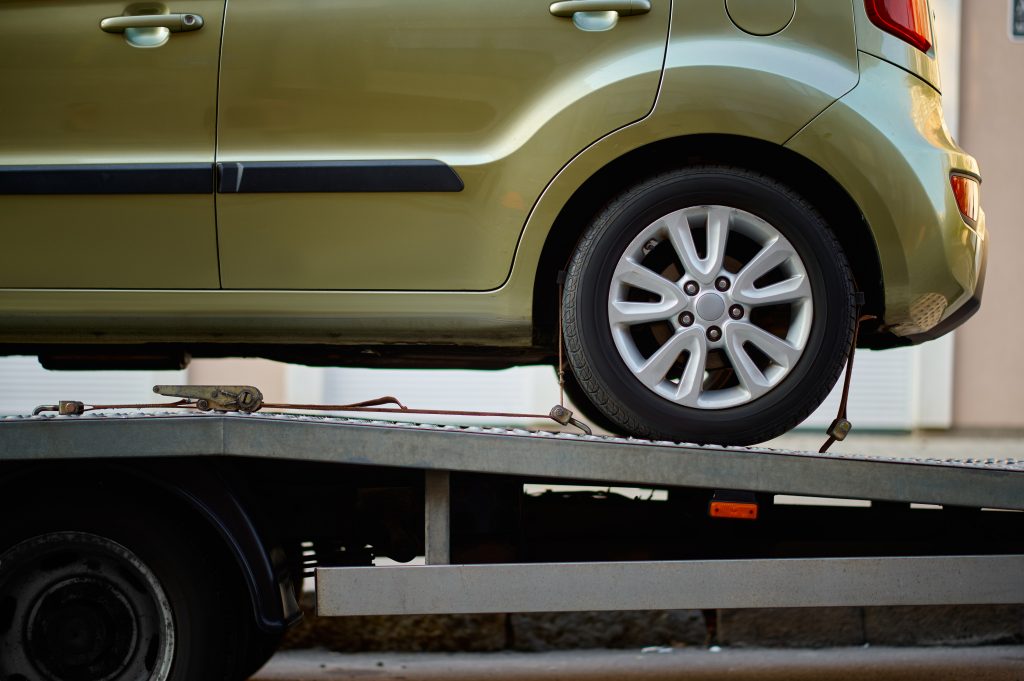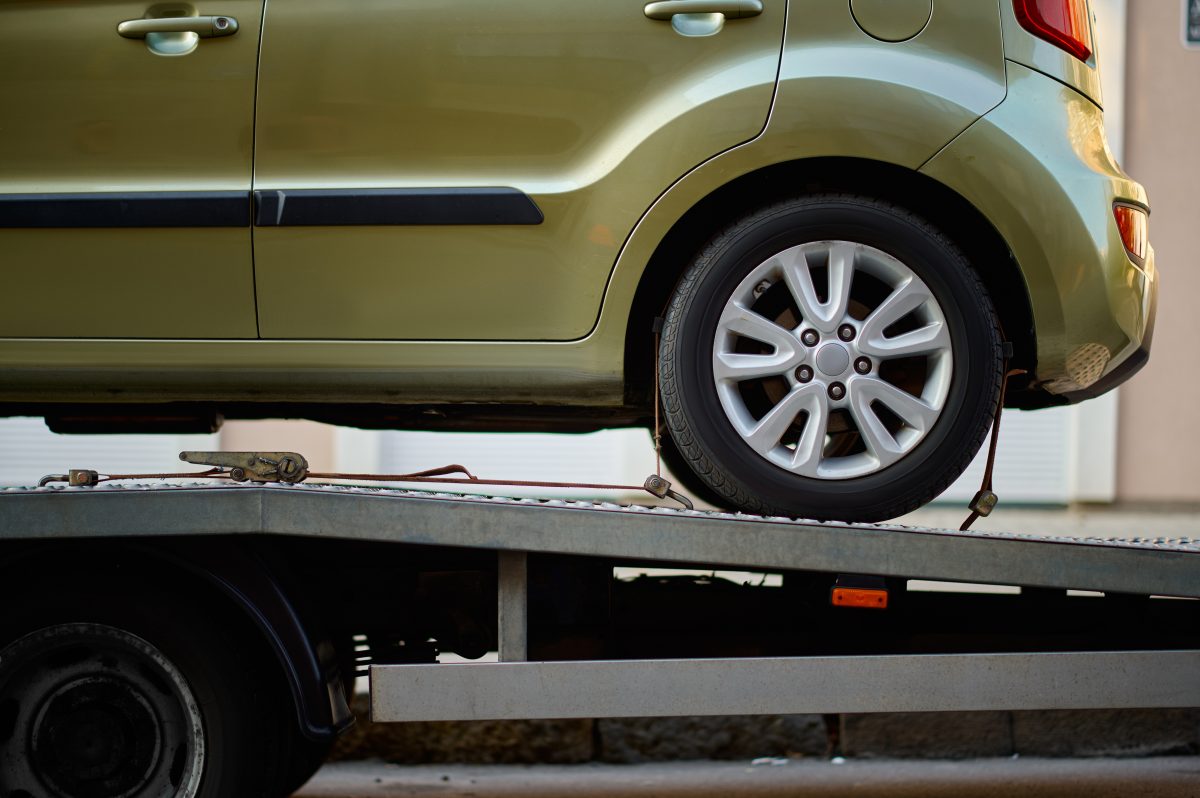
When it comes to towing, the method used can significantly impact the safety and condition of the vehicle being towed. The two most common towing methods are flatbed and hook and chain. While both methods get the job done, there are distinct advantages and disadvantages associated with each. This article will delve deep into both types, helping vehicle owners make an informed decision in case of a breakdown or accident.
What is Flatbed Towing?
Flatbed towing is a method where the entire vehicle is lifted onto a flatbed trailer or truck. This method ensures that all four wheels of the towed vehicle are off the ground, providing maximum protection during the tow.
Advantages of this Towing:
- Safety for All Vehicles: Flatbed towing is arguably the safest method for the car as it minimizes the chances of wear and tear. This is especially true for all-wheel drive and luxury vehicles.
- Minimized Wear and Tear: Since all four wheels are off the ground, there’s no risk of tire damage or uneven wear. This reduces the potential for further mechanical complications.
- Versatility: Flatbed trucks can handle a variety of vehicles, including those involved in accidents, non-running vehicles, or specialty cars.
Disadvantages of Flatbed Towing:
- Cost: Flatbed towing typically costs more due to the specialized equipment involved.
- Size: Flatbed trucks are larger and might not be able to access tighter spaces or roads.
What is Hook and Chain Towing?
Hook and chain towing involves using chains to lift the front end of the vehicle off the ground. The back tires remain on the ground and roll as the truck moves. This method was more prevalent in the past but has been replaced in many situations due to potential damage to the towed vehicle.
Advantages of Hook and Chain Towing:
- Cost-Effective: This method is usually cheaper than flatbed towing since it requires less specialized equipment.
- Availability: Hook and chain tow trucks are more common, especially in rural areas, and might be quicker to respond in certain situations.
Disadvantages of Hook and Chain Towing:
- Potential for Damage: There’s a higher risk of damage to the vehicle’s bumper, transmission, or undercarriage.
- Limited Vehicle Compatibility: Vehicles with all-wheel drive or rear-wheel drive can suffer transmission damage if towed using this method without proper precautions.
- Road Wear: The tires of the towed vehicle wear down as they’re dragged along the road, potentially leading to uneven wear or damage.
Choosing the Right Towing Method
When deciding between flatbed and hook and chain towing, consider the following factors:
- Vehicle Type: All-wheel drives, luxury cars, or vehicles with a lot of damage are better suited for flatbed towing.
- Distance: For short distances, hook and chain might suffice. However, for longer distances or interstate towing, flatbed is preferable.
- Condition of the Vehicle: Non-running vehicles, or those involved in significant accidents, might necessitate flatbed towing due to their condition.
- Cost Considerations: If on a tight budget, and the vehicle is compatible, hook and chain towing might be a viable option.
Conclusion
Both flatbed and hook and chain towing have their places in the world of vehicle recovery. While flatbed offers more protection and versatility, hook and chain can be cost-effective for short-distance tows of compatible vehicles. Always consult with your towing professional to determine the best method for your specific situation, keeping the safety and integrity of your vehicle at the forefront of the decision.
Contact us
 When it comes to towing, the method used can significantly impact the safety and condition of the vehicle being towed. The two most common towing methods are flatbed and hook and chain. While both methods get the job done, there are distinct advantages and disadvantages associated with each. This article will delve deep into both types, helping vehicle owners make an informed decision in case of a breakdown or accident.
When it comes to towing, the method used can significantly impact the safety and condition of the vehicle being towed. The two most common towing methods are flatbed and hook and chain. While both methods get the job done, there are distinct advantages and disadvantages associated with each. This article will delve deep into both types, helping vehicle owners make an informed decision in case of a breakdown or accident.
